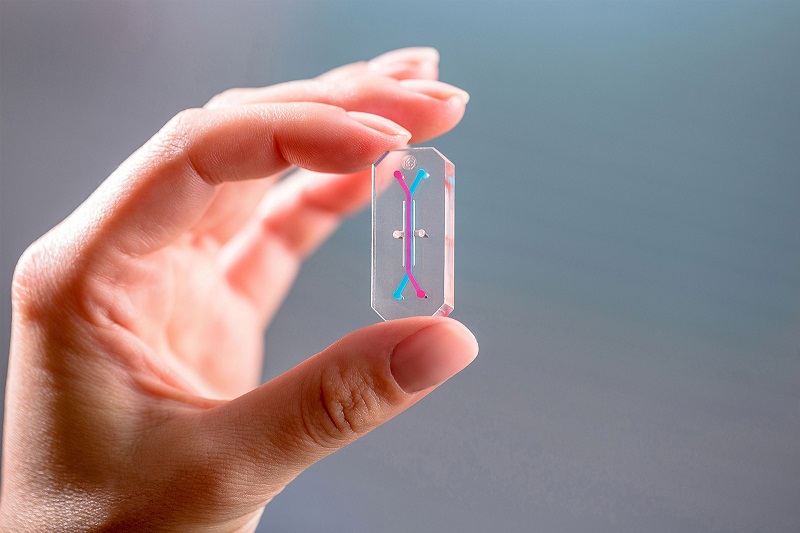
The Future of Organs-on-a-Chip in Drug Testing
The Future of Organs-on-a-Chip in Drug Testing
Introduction
The pharmaceutical industry is constantly evolving to improve the efficiency, accuracy, and ethical standards of drug testing. One of the most promising innovations in this field is the development of organs-on-a-chip (OoCs). These microfluidic devices replicate the physiological functions of human organs, offering a groundbreaking alternative to traditional animal testing and 2D cell cultures. As research in this field advances, OoCs are poised to revolutionize drug development by enhancing predictive accuracy, reducing costs, and accelerating the approval of new drugs.
What Are Organs-on-a-Chip?
Organs-on-a-chip are small, engineered devices that simulate the microenvironment and mechanical functions of human organs. They typically consist of microfluidic channels lined with living human cells that mimic the architecture and behavior of specific organs, such as the heart, lungs, liver, kidney, or even the blood-brain barrier. These chips enable researchers to study cellular responses in a highly controlled environment, providing valuable insights into drug efficacy and toxicity.
Advantages of OoCs in Drug Testing
- Improved Predictive Accuracy: Traditional preclinical models, including animal testing and 2D cell cultures, often fail to accurately predict human responses. OoCs, on the other hand, provide a more realistic representation of human physiology, leading to better predictions of drug effects.
- Reduction in Animal Testing: Ethical concerns and regulatory pressures are driving the push for alternatives to animal testing. OoCs offer a humane and scientifically superior alternative, minimizing the need for animal-based studies.
- Cost and Time Efficiency: Drug development is a lengthy and expensive process. OoCs streamline testing by providing rapid and reliable data, potentially reducing the number of failed drug candidates and expediting the approval pipeline.
- Personalized Medicine: By using patient-derived cells, OoCs can help tailor treatments to individuals, advancing the field of personalized medicine and improving patient outcomes.
Challenges and Future Directions
Despite their potential, OoCs still face several challenges:
- Standardization and Scalability: The field needs standardized protocols to ensure consistency and reproducibility across different research labs and pharmaceutical companies.
- Integration with Other Technologies: Combining OoCs with artificial intelligence (AI) and organ-on-a-chip networks (multi-organ chips) will enhance their predictive capabilities and simulate complex biological interactions.
- Regulatory Approval: The adoption of OoCs in mainstream drug testing requires regulatory acceptance, which involves demonstrating their reliability compared to traditional models.
Conclusion
Organs-on-a-chip technology is set to transform drug testing by offering more accurate, ethical, and cost-effective solutions. As advancements continue, OoCs will likely become an integral part of the drug development process, bridging the gap between laboratory research and human clinical trials. With continued investment and interdisciplinary collaboration, the future of OoCs in drug testing looks incredibly promising.













